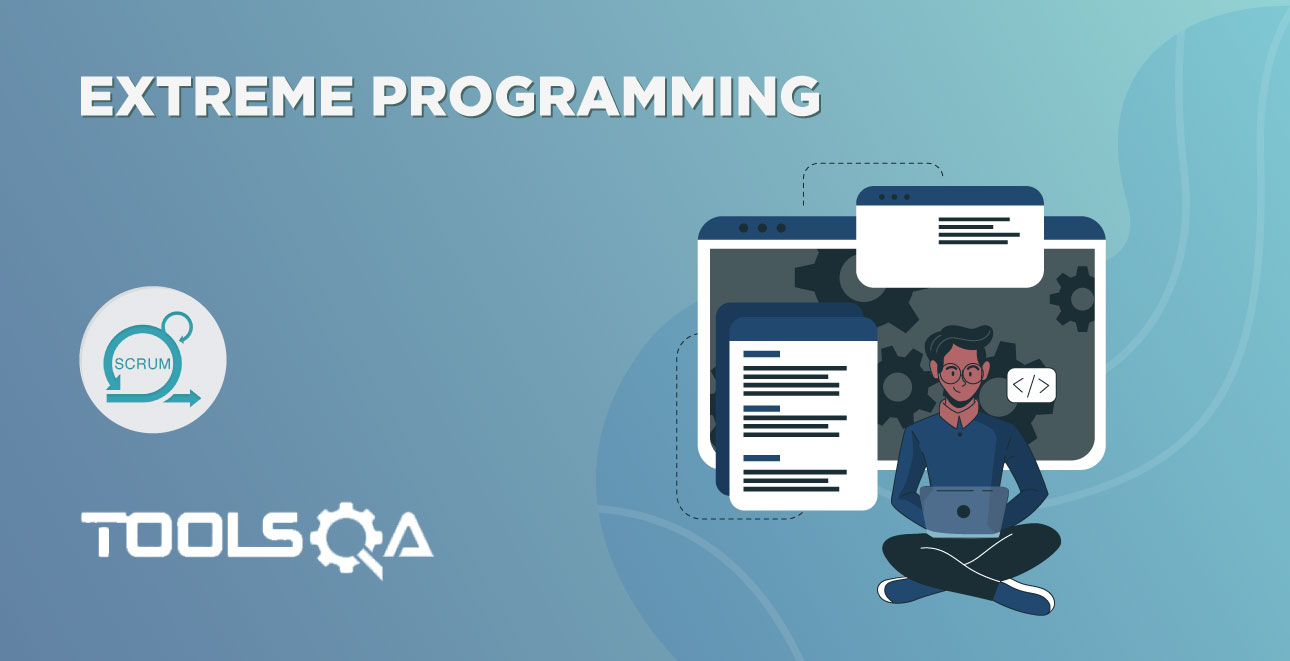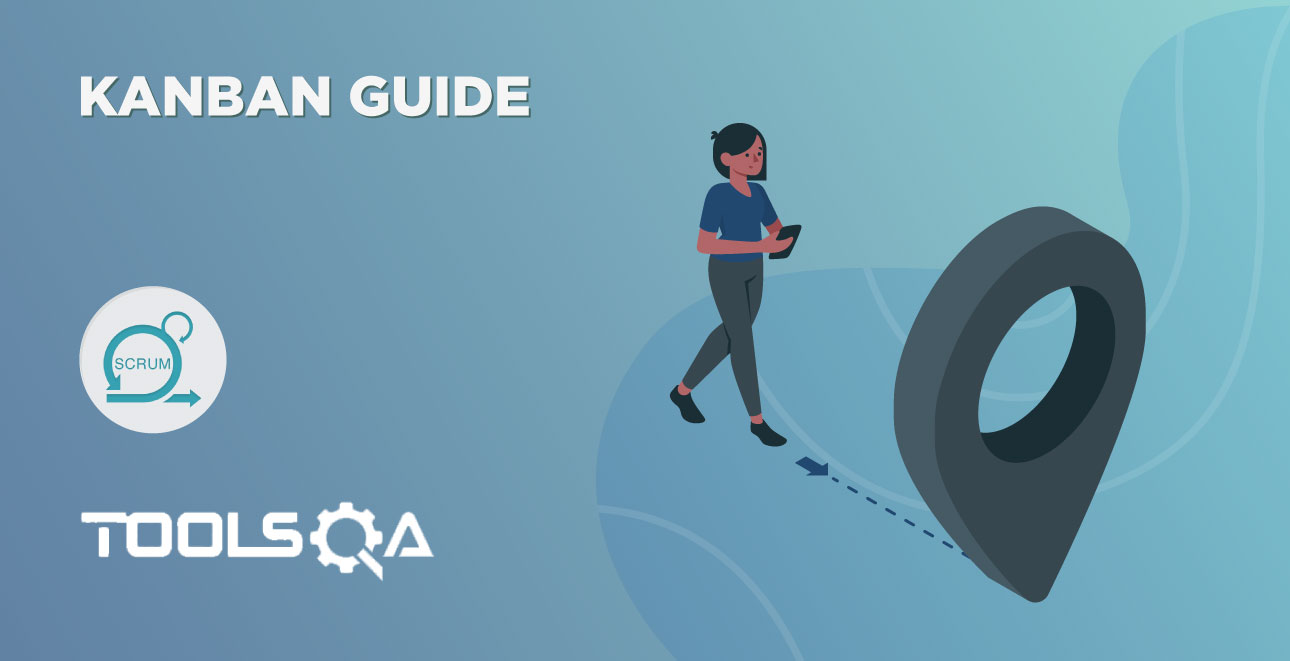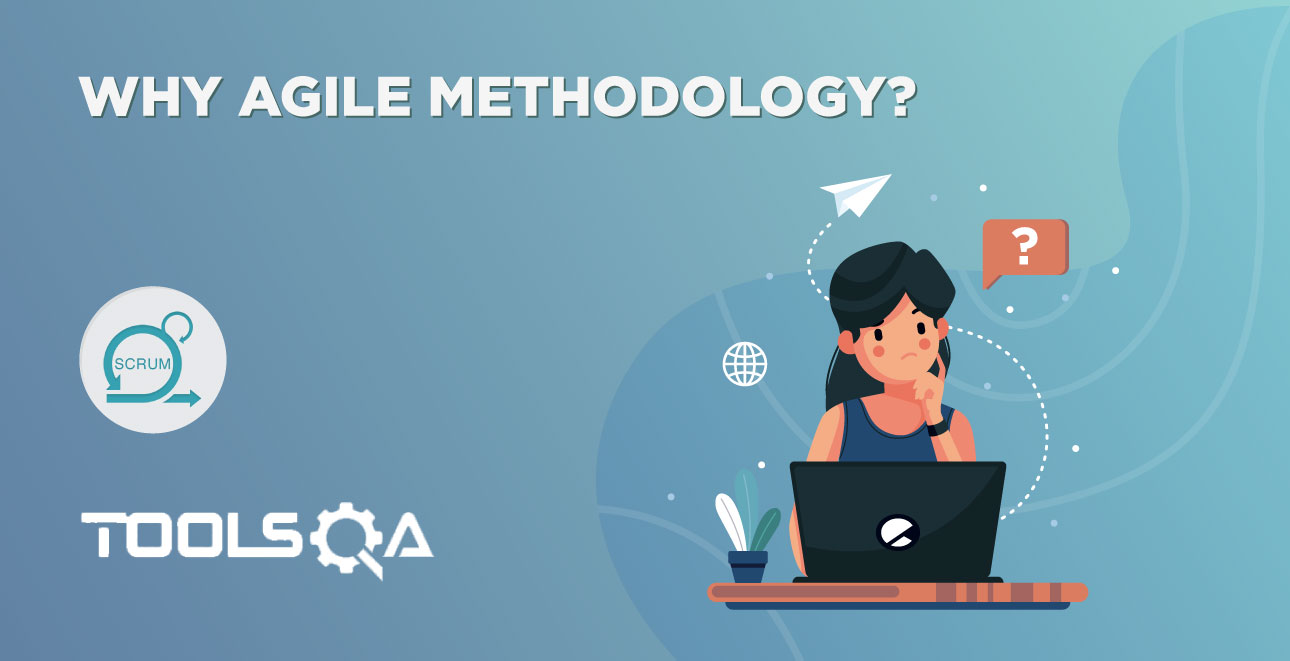Agile Tutorial & Scrum Tutorial for Beginners
The design of this Agile & Scrum Tutorial is such that it will help you clear Professional Scrum Master I (PSM I) and Certified Scrum Master (CSM) exams.
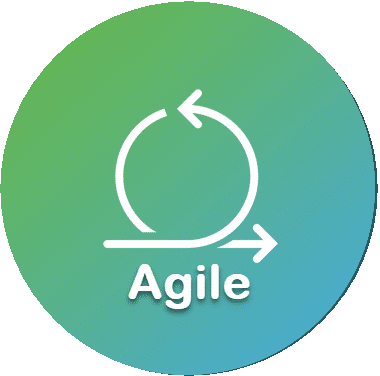
Agile Tutorial
- What is Agile?: Agile is a buzzword nowadays and the Google trend says that a lot of people search for the term What is Agile? So, what exactly is Agile Methodology, or how does it work? Agile is a word that the IT industry uses to describe an alternative method of project management. Let us learn about what is Agile in this tutorial.
- Agile Manifesto – 4 Values and 12 Principles: We have seen people raise their eyebrows whenever I talk about the Agile Manifesto. They understand Agile and working on it, but they did not hear this term before. So, in this article, I will be focusing on:- What is the Agile Manifesto, Development of the Agile Manifesto, Agile Manifesto Purpose, Agile Values, Agile Principles.
- Why Agile Methodology?: We are living in a fast-paced world where Maggi cooks in 2 minutes, and pizza delivery happens at your doorstep within 30 minutes. So, why not make our learning fast-paced! Here, We bring you our secret recipe on Agile Methodology, which will give you all the ingredients, you need to get started on Agile. Additionally, we will trace it right from its origins to the most advanced topics. We got it all on the platter!
- What is Scrum?: Agile and Scrum are the new buzz words these days. What’s so special about them that it has been adopted not only in the IT industry but also in other industries? Scrum focuses on making teams cross-functional and self-organized. It empowers them to deliver their best by following an iterative approach. The design of the course is such that it will help you clear Professional Scrum Master I (PSM I) and Certified Scrum Master (CSM) exams.
- Scrum Values: We have learned that Scrum’s foundation is on empirical process theory, which means that you gain knowledge with experience, and you make decisions based on what is known. We have also read about the three pillars that hold the empirical process – Transparency, Inspection, and Adaptation. What do we need to ensure that we follow these three pillars in Scrum? It is where Scrum Values comes into the picture. These Scrum values ensure that the empirical process comes to life.
Scrum Tutorial
Scrum Team
-
Scrum Product Owner: The Scrum prescribes three roles – The Product Owner, the Scrum Master, and The Development Team. In this article, we will discuss The Product Owner and understand how this role helps in the success of Scrum. We will go thru the below topics*
-
Who is a Product Owner?
- What are the responsibilities of a Product Owner?
- What are the characteristics and skills required of the Product Owner?
-
-
Scrum Development Team: In this article, we will discuss The Scrum Development Team and understand how this role helps in the success of Scrum. We will go through the below topics –
- Who is the Scrum Development Team?
- What are the Responsibilities of the Development Team?
- What are the Characteristics of the Development Team?
- What’s the ideal size of the Development Team?
- Who is the Scrum Development Team?
-
Scrum Master: In this article, we will discuss The Scrum Master role and understand how this role helps in the success of Scrum. We will go through the below topics –
- Who is a Scrum Master?
- His/Her Responsibilities
- Characteristics and Skills required to be a Scrum Master
- Who is a Scrum Master?
Scrum Events
- What is Sprint?: Scrum has prescribed a set of events that are essential to ensure consistency in the process. These are timeboxed events, which means every event has a maximum duration that can’t extend. The design of these events is such that it enables transparency and inspection. In this article, we will discuss the most critical event – Sprint.
- What is Sprint?
- It’s Characteristics
- Canceling a Sprint
- What is Sprint?
- Sprint Planning: We know that product development comprises several Sprints. Each Sprint delivers a working increment of the product. So how do we decide what goes in a Sprint? Sprint Planning does this. Every Sprint begins with Sprint planning when the entire Scrum team gets together to agree on what needs to deliver in the Sprint (Sprint Goals). It is one of the essential Scrum events, and getting this right is crucial for necessary for the success of Sprint. Let’s discuss this in detail
- What is Sprint Planning?
- Timing for Sprint Planning
- Who attends the Sprint Planning Meeting?
- Where does the Sprint planning meeting take place?
- How do we do Sprint Planning?
- What is Sprint Planning?
- Daily Scrum Meeting: Now that we understand Sprint planning, and we also have a Sprint Goal defined, we need a way to increment and adapt daily. How do we do that? We do it by different Scrum Events called “Daily Scrum”. We will discuss the below topics in this tutorial
- What is the Daily Scrum meeting?
- Characteristics of Daily Scrum Meeting
- What is the Role of the Scrum Team in the Daily Scrum Meeting?
- What is the Daily Scrum meeting?
- Sprint Review: Have you ever thought of But how do we end the Sprint? How do we demonstrate (and at times take sign-off) the work was done during the Sprint? The answer to all these is the Sprint Review Event. In this scrum tutorial, we will go through the below topics.
- What is the Sprint Review?
- Who participates in Sprint Review?
- How to conduct a Sprint Review?
- What is the Sprint Review?
- Sprint Retrospective: Scrum is all about improvement and adaptation. So when do we figure out what worked in the Sprint, what did not, and what are the ways to improve it? The answer is the Sprint Retrospective meeting. We will discuss the below topics in this tutorial:-
- What is the Sprint Retrospective Meeting?
- Advantages of Sprint Retrospective
- Who Participates in Sprint Retrospective Meeting?
- How is Sprint Retro conducted?
- What is the Sprint Retrospective Meeting?
Scrum Artifacts
- Product Backlog: We understand that there are requirements that the team works on, but do we know what all constitutes these requirements? How do we ensure that we work on the right set of requirements? In this scrum tutorial, we will discuss Product Backlog, which will answer all the questions on product requirements. We will cover the below topics –
- What is a Product Backlog?
- What all makes a Product Backlog?
- Characteristics of Product Backlog
- Product Backlog Refinement
- Common Questions on Product Backlog
- What is a Product Backlog?
- Sprint Backlog: We know that this artifact is an order of a list of all the features that we need in the product. But we cannot work on all these items in one go, so we will need to pick some items that can be worked in a sprint. This tutorial will learn about the Sprint Backlog and how it’s important to Sprint’s success.
- What is a Sprint Backlog?
-
Who Decides and owns the Sprint Backlog?
-
Is Sprint Backlog Prioritized?
-
Can we modify it during the Sprint?
-
What is the difference between a Sprint Backlog and the Product Backlog?
-
- How is Sprint Progress Monitored?
- Story Pointing
- Remaining Hours
- ++Sprint Burndown chart++
- What is a Sprint Backlog?
Artifact Transparency
- Definition of "Done": We have learned all about the scrum roles, events, and artifacts in this Agile Tutorial. Apart from these terms, the one you will hear most often is the concept of “Done”. In this tutorial, we will find out what “Done ” means for Scrum teams, and why it’s so important. We will go through the below topics of Definition of Done.
- What is the Definition of Done (DOD)?
- Why Do we need the Definition of Done?
- Examples of Definition of Done
- Who Defines Definition of Done in Scrum
- When do we create a Definition of Done?
- Definition of Done Vs. Acceptance Criteria
- Done Vs. Done Done
- What is the Definition of Done (DOD)?
Agile Methodologies Guides
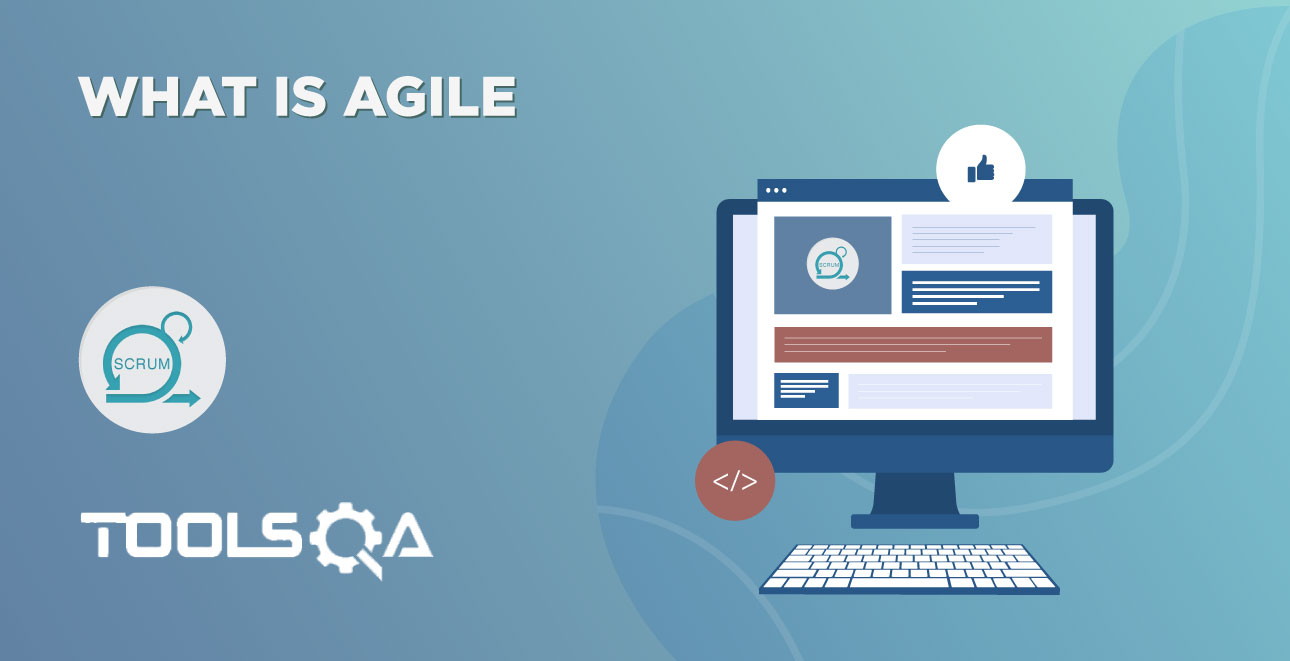



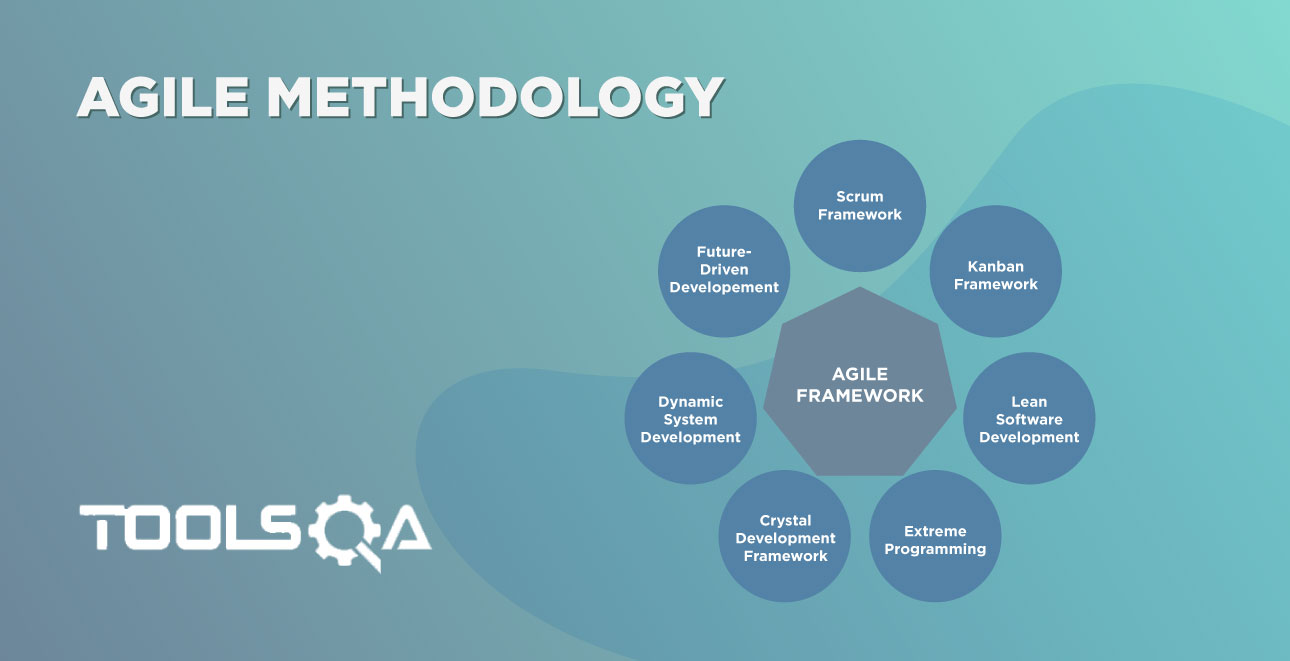
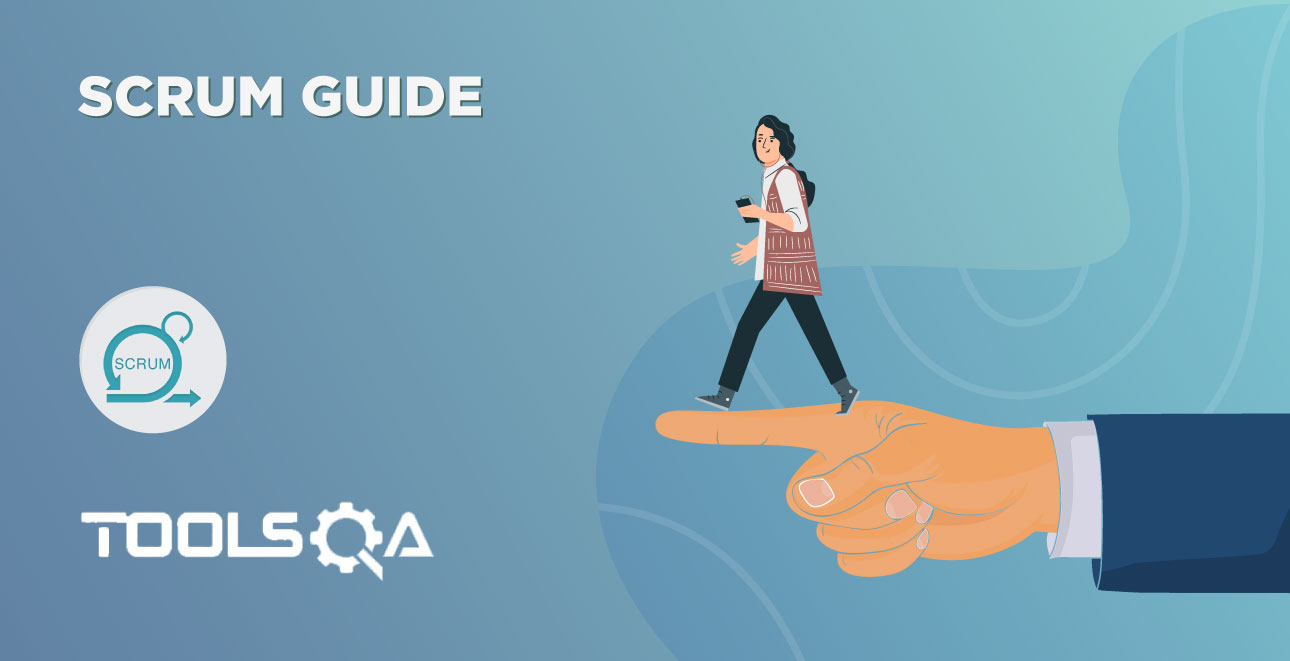
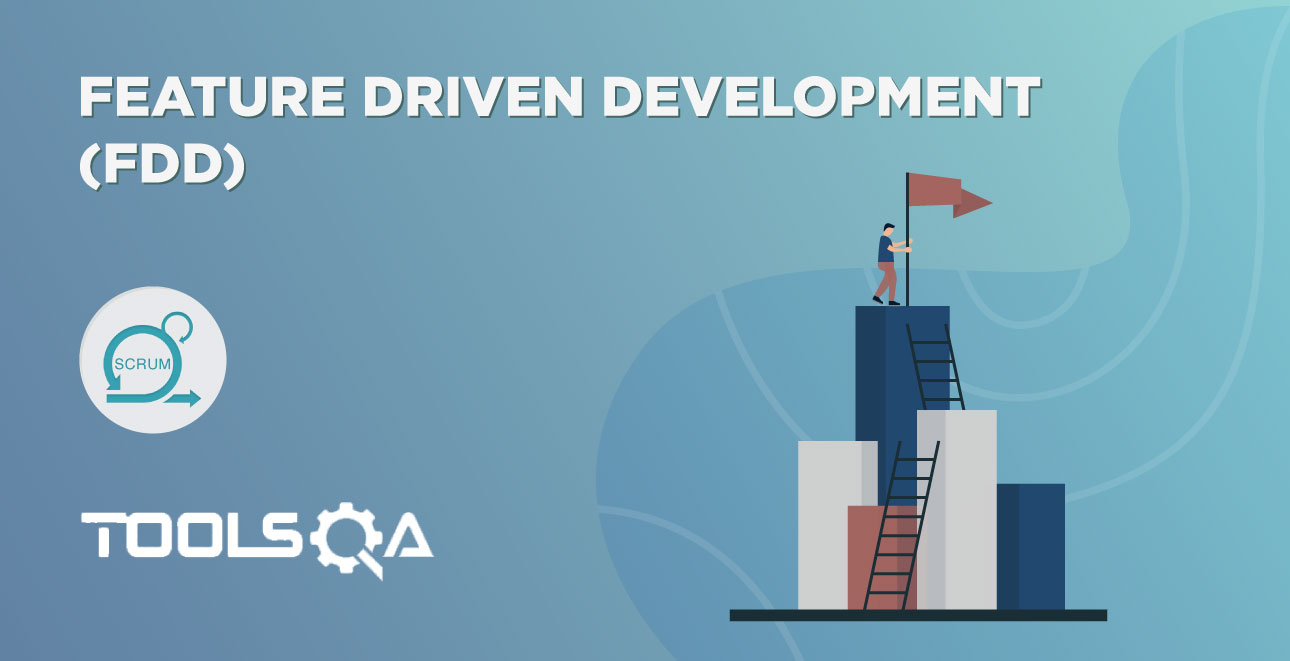
![Lean Software Development - Comprehensive Guide [2019]](/gallery/Agile - Scrum/Lean-Development.jpg)
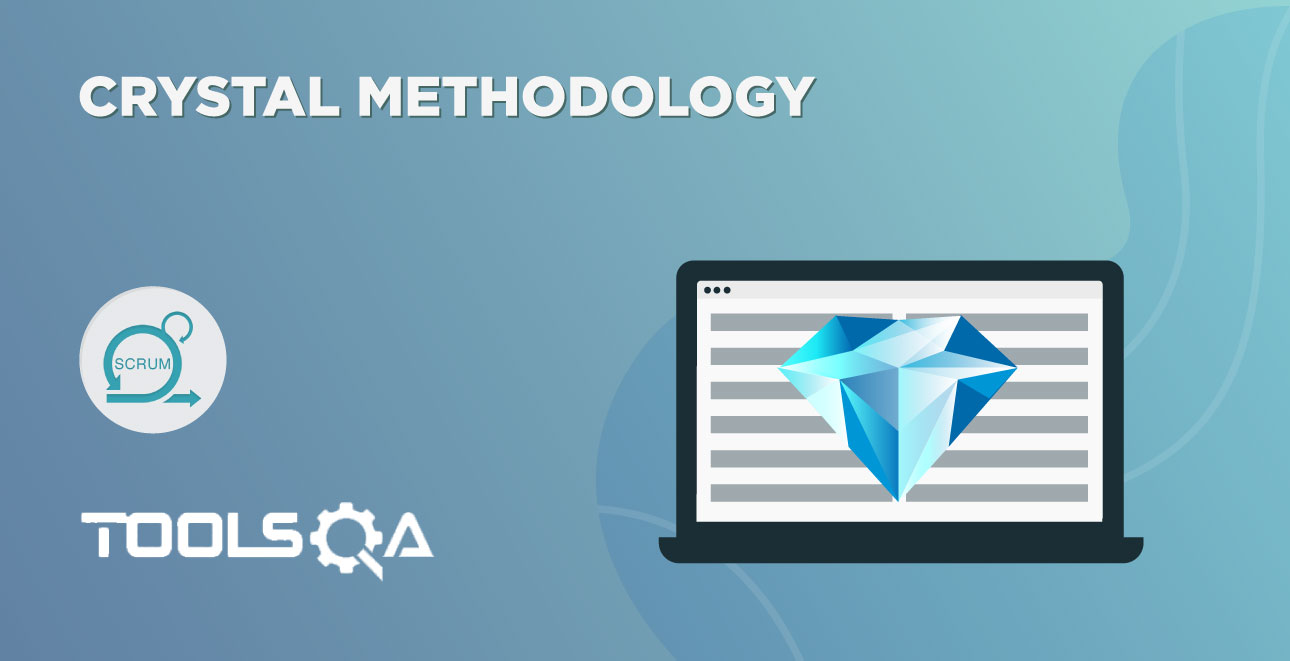
![DSDM : A Step-by-Step-Guide [2019]](/gallery/Agile - Scrum/DSDM-Guide.jpg)
